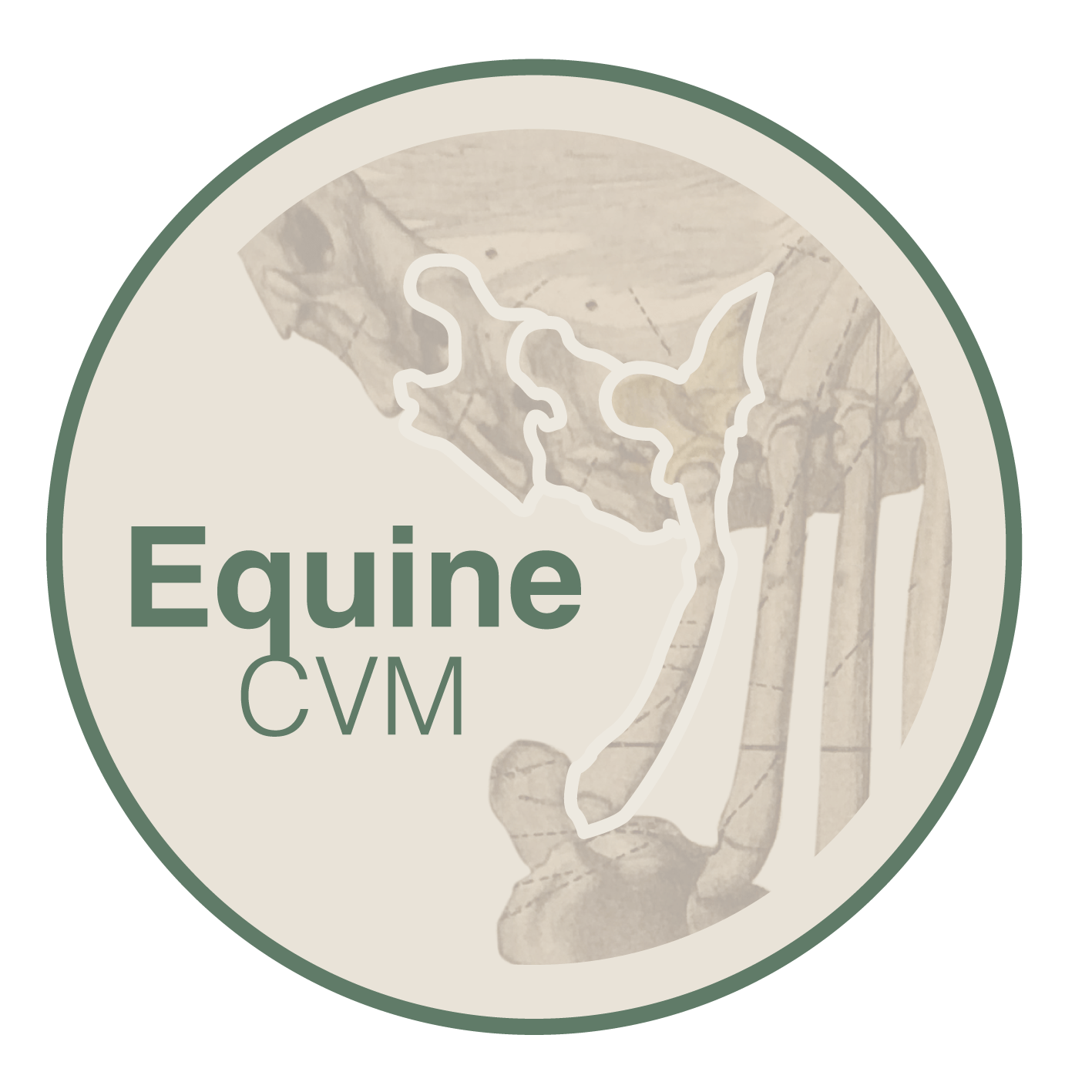Breeding advise
Thanks to the collaborations and cooperation of many breeders and horse owners, an invaluable database has been created. This database allows us to think along with breeders to breed as healthy a foal as possible.
By looking at the bloodlines in combination with inbreeding, a probability calculation can be made.
Because we have found in practice that parent animals without X-ray characteristics of ECVM still produce offspring that are burdened, there is a very good chance that the gene is passed on invisibly as a carrier.
This is why it is so important to ensure that no suspicious ancestors cross again.
What can we calculate
- Bloodline in database analysis for ECVM
- Inbred horse
- Inbred ancestors
* There are several bloodlines in which we see a lot of ECVM and bloodlines in which it occurs less. Here the database will provide more clarity in the analysis.
*The percentage of inbreeding also provides information. We see that if inbreeding is high, there is a greater chance of hereditary defects and therefore also of ECVM. With an inbreeding calculation, certain ancestors will come together again. This can have good as well as bad qualities. Which ancestors come together again is therefore very important to see when looking for a suitable combination.
*Not only the inbreeding of the horse itself, but also of the parents will be examined. Due to outcrossing, for example, the inbreeding can be 0%, but both parents can still be burdened with inbreeding.
How does it works
For a calculation we advise you to make a choice of 5 stallions with which you would like to have covered the mare. A visual adaptation will then be made of this with the mare and it will be examined how it comes together.
The inbreeding percentage will be calculated and it will be looked at which ancestors reunite in 9 generations. With this calculation, a more considered decision can be made and it will in any case be advised to keep as large a gene pool as possible.
A list will also be added with stallions that are ECVM free on the x-ray.

